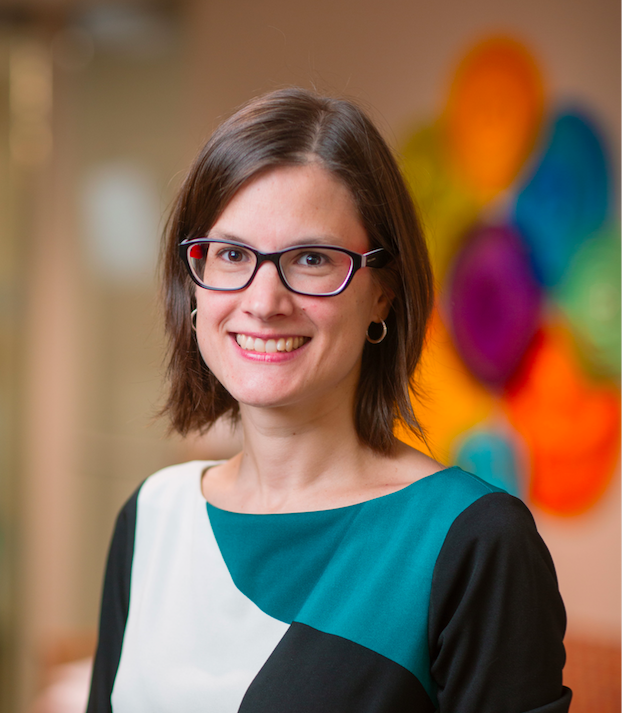Academic Emergency Medicine's Guidelines for Reasonable & Appropriate Care in Emergency Medicine (GRACE)
Authors
-

Fernanda Bellolio, MD, MS
Mayo Clinic
I am a professor of emergency medicine with a joint appointment in health sciences research, division of health care policy and research at Mayo Clinic. I have conducted multiple observational and interventional studies. Currently I am the site-principal investigator for several multicenter trials. I have worked on federal, foundation and industry funded studies.
I have a masters in clinical and translational sciences and completed a 3-year post-doctoral program on healthcare delivery dedicated to secondary data analysis (including claims data and knowledge synthesis), research methodology, and evidence-based medicine. I have worked on projects related to improving the care of the older adults that present to the emergency department. Older persons comprise 13% of the US population, but they represent more than 30% of ED visits. Older adults have longer ED stays, as patient’s presentation is often complex. The ED can be a challenging environment for the seniors where communication can be complicated by poor vision, limited hearing, and cognitive impairment. These communication difficulties can be a challenge for patients to be involved in their care. Specifically, healthcare utilization including hospitalizations and return ED visits are higher for persons living with dementia compared to other groups that present to the ED.
-
Suneel Upadhye, MD, MSc
-

Christopher R. Carpenter, MD, MSc
Washington University in St. Louis School of Medicine
As a specialty, emergency medicine arose by necessity 50 years ago as pockets of physicians around the United States envisioned a world in which the first hours of life-threatening illness or injury were managed and coordinated by medical professionals with the requisite training to identify and treat emergencies. The forefathers of emergency medicine provided a broad foundation upon which to build our specialty with the support of more established surgical and medical teams, but also carving a uniquely indelible niche in the House of Medicine. As the COVID-19 pandemic unfolded over the last two years, our world reaped the benefits of a specialty ready to provide care for anyone for anything at anytime — often despite threats to personal safety and emotional well-being. Through the Society for Academic Emergency Medicine, academicians also contributed essential methodological expertise to combat the pandemic using our foundational expertise in rapid problem-solving, Bayesian diagnostics, and implementation science.
As a member of the SAEM Board of Directors throughout the COVID-19 pandemic, I am extremely proud to have navigated the logistical and financial challenges to our society and membership amidst the uncertainties of a polymorphous threat to global health. I leveraged the Academic Emergency Medicine (AEM) Evidence Based Diagnostics series that I created to publish one of the earliest diagnostic accuracy reviews for each element of history, physical exam, labs, and imaging necessary to diagnose COVID-19 at the bedside. I subsequently collaborated with medical educators via the AEM Skeptics Guide to Emergency Medicine podcast series that I helped to create to efficiently disseminate these COVID-19 lessons globally. Concurrently, I created and lead SAEM’s Guidelines for Reasonable and Appropriate Care in Emergency Medicine (GRACE) at the Board’s direction so that our specialty can finally produce clinical practice guidelines using the GRADE methods utilized by most other specialty societies. On behalf of the Board, I also organized and led the Advanced Practice Provider’s Task Force, ultimately co-authoring a manuscript summarizing the penetration of nurse practitioners and physician assistants across academic emergency departments. My term as SAEM Board Member-at-Large has highlighted the knowable obstacles ahead for emergency medicine’s sustainable future, including workforce uncertainties and sustainable research funding. As an educator, mentor, funded researcher, and clinician, I am committed to representing the entire membership of SAEM as secretary-treasurer on the SAEM Executive Committee by leveraging innovation with a commitment to excellence in the spirit of my previous efforts within our society.
